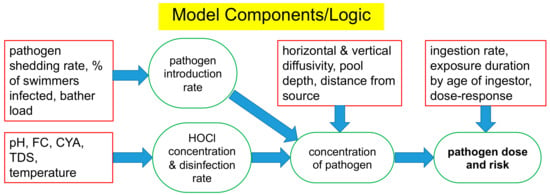Can I just interject some actual experience into this thought-experiment … the vast majority of the time spent SLAM’ing a pool is in the clearing phase and really has nothing to do with sanitation or oxidation. When you add chlorine to a level of 40% of CYA, the algae is pretty much dead within a few hours and any bacteria that may have been in the water is completely wiped out. After the first 24 hours, the next 5 days is spent filtering the water. So even if you wanted to do some kind of super-shocking, it's not really doing anything useful. TFP suggests maintaining the SLAM level because, again, it's a good balance between keeping the water sanitary and the loss of chlorine. If one tried to maintain a level much higher than 40% of CYA, it would be nearly impossible to pass the exit criteria of less than 1ppm overnight chlorine loss simply because the thermal loss rate of chlorine would exceed that.










.png)